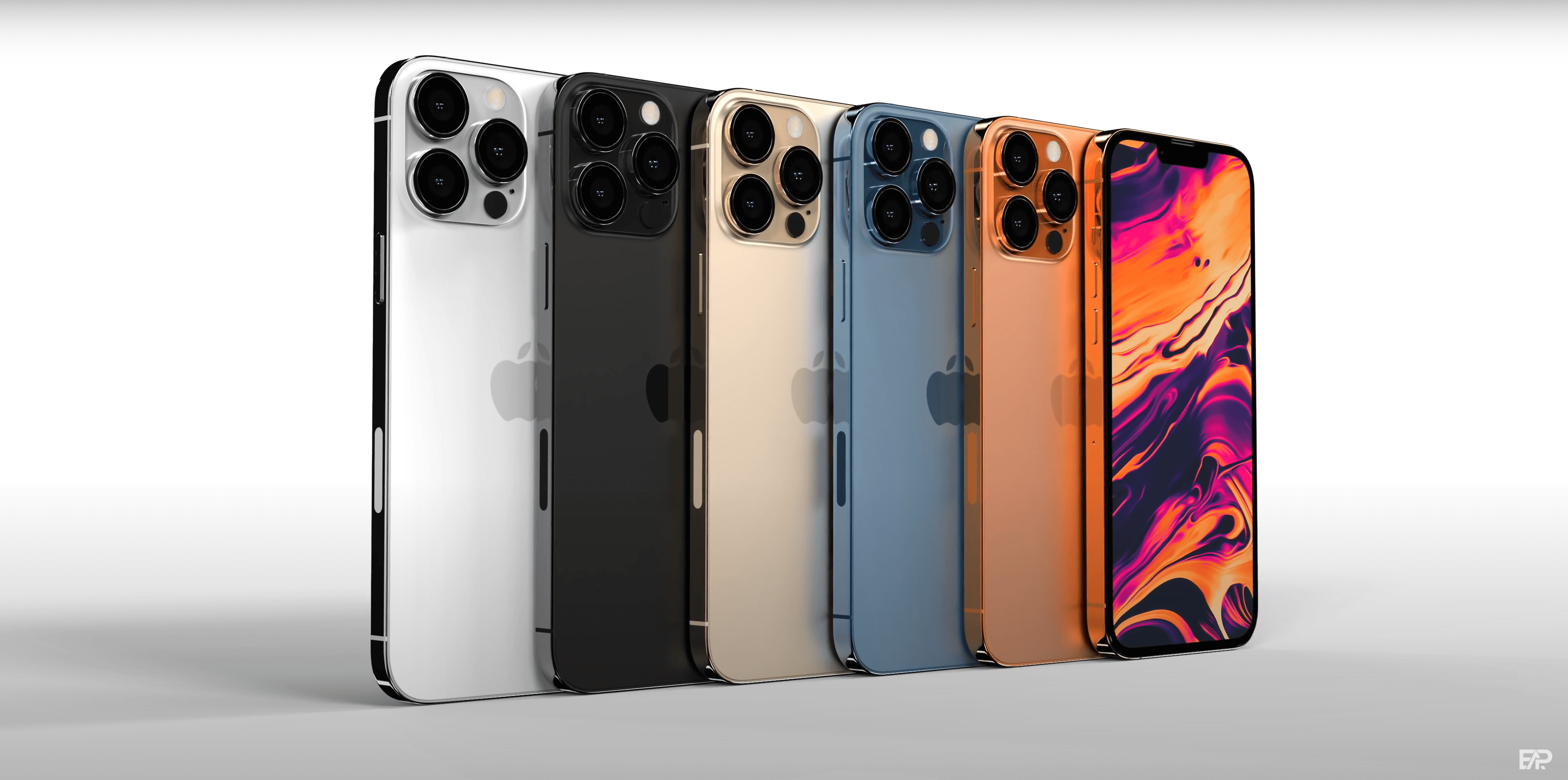All the latest iPhone 13 leaks, specs and release date rumours. Get the full roundup ahead of the next big launch.

Written by Andrew Marchant, Marketing Manager | Privacy, Money-Saving and Parenting Advice
Last updated on 18 December 2025

It is about this time of the year when loose lips start to find their voices and we slowly become more aware of what the latest iteration of the hugely popular iPhone model will look like and what it may have inside. And last weekend, we were treated to the biggest leak so far.
New info from the The Elec, the Koreans Electronics Industry news site suggests that Apple have turned to Samsung to provide the ‘rigid flexible printed circuit boards’ (RFCB) for the upcoming iPhone 13. This is despite what was learned last year when the Samsung outfit were suggesting the iPhone 12 would be the last device it supplied the circuit boards for. However, it does seem Apple are reducing their reliance on Samsung parts by only including it on the 13 Pro and Pro Max which could result in a more competitive price for the base iPhone 13 and the mini variant.
The next leak comes from Mac Rumours who have spoken to Barclays analysts that suggest the improved Wi-FI technology could be making its way to the next iteration of the iPhone and would bring with it greater bandwidth and lower latency, better power efficiency and less interference.
Wi-Fi 6E could spell a much needed boost in performance across the range, real noticeable and measurable improvements to browsing and streaming experience and could pave the way for better and more immersive AR and VR over Wi-Fi networks.
In the name of connectivity, the 5G modem could well be due a sizeable upgrade. In Page 71 of Apple’s settlement filing with Qualcomm, confirmation can be inferred that Apple plan to use Qualcomm’s X60 5G modem which is a sizeable improvement on the current X55 modem, which is more expensive and more draining on the battery. The X55 has been the main contributor to what has been concluded by Tom’s Guide as the primary reason the iPhone 12 has a worse battery life than its predecessors.
In-display Touch ID could be making its way for a comeback. With the world now more mask conscious, even if the requirement for mask wearing is reduced, the trend may follow Japan's courteous approach of masking up in public places. Apple pivoting toward this could be a sign of maturity and willingness to renegotiate on a Face ID system that is not totally compatible in a (hopefully) post-COVID society. Twitter user @Jioriku has a history of looking into the specifics of Apple’s internal components and he states that Touch ID made the final cut for the iPhone 13 range.
In a purely aesthetic sense the iPhone 12 screen with the notch is one of the worst looking modern smartphones. So many other manufacturers opt for edge to edge displays across the entire spectrum of budgets, it’s almost baffling that Apple continues to have a notch, and it looks like it’s not going away any time soon.
The ever-reliable leakers ICEUniverse and Jon Prosser agree that a smaller notch is on the way, but then disagree on what the smaller notch will look like, shorter or narrower, nobody is sure, but can agree that removal isn’t one of the options. (see Twitter thread for more info)
Like every device, we expect better cameras, a faster chipset and other numerous improvements to the design and functionality of the iPhone 13. At the time, there isn’t a date set in stone, but we should see Apple return to the normal schedule of an early September announcement and end of September release, just like in the before-times.
Title Image: EverythingApplePro / YouTube

The iPhone used to define innovation. Now every new model feels the same. Is Apple’s story running out of pages?

See which Apple, Samsung and Google phones hold their value best over the first and second year on the market.
With Pixels becoming a decent contender for your upgrade choice, we’ve crunched the numbers to reveal depreciation patterns of Google Pixel phones.